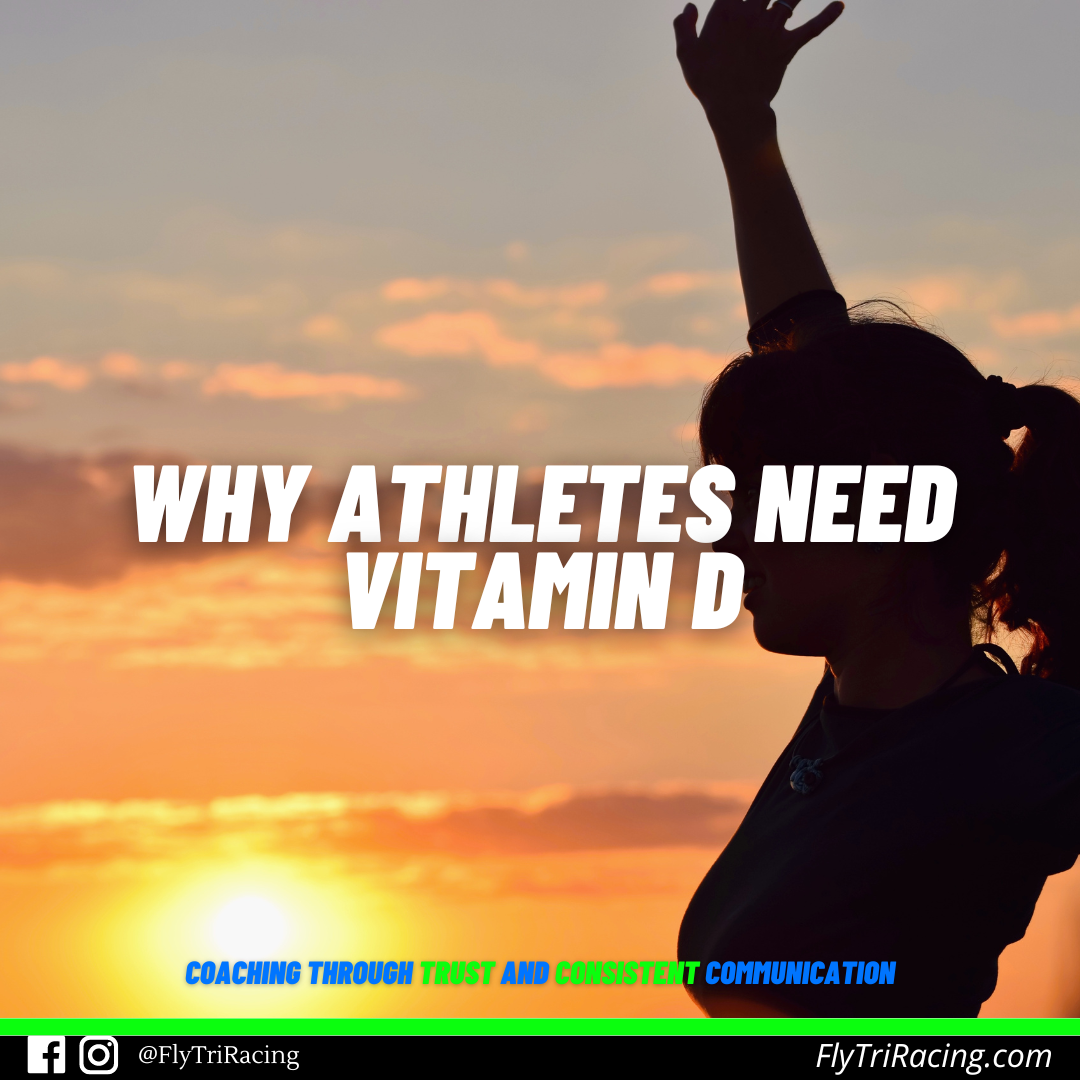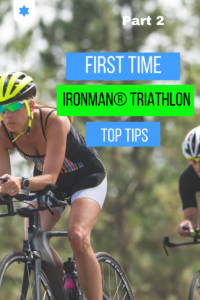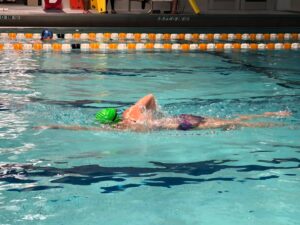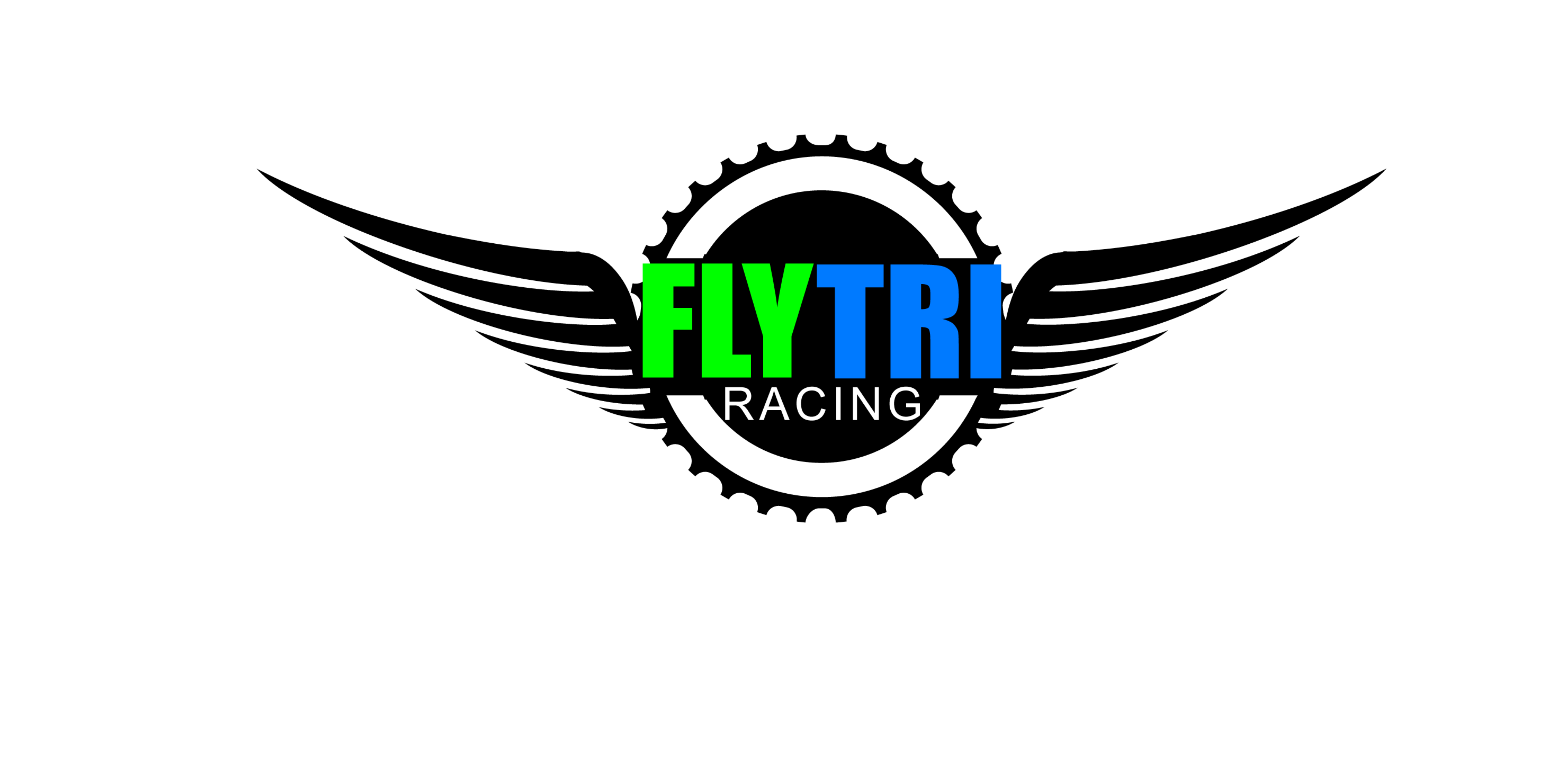Vitamin D, also known as the sunshine vitamin, is not only an important vitamin for runners and triathletes, but also for any athlete really – especially for indoor or early riser athletes.
What is vitamin D?
Vitamin D is a fat soluble vitamin that is stored in our fat tissues. It helps our bodies absorb calcium and phosphorus which play a key role in developing strong bones. Vitamin D also has other benefits that can include boosting immune function and decreasing cancer risks. Runners and triathletes run the risk of vitamin D deficiency considering their long hours and miles of training which can lead to underfueling their bodies. Having an adequate amount of vitamin D can help you improve your performance while also aiding recovery and lowering your risk of injuries.
Why do you need vitamin D?
Low levels of vitamin D may have a negative impact on performance which affects muscle strength, power, and endurance by increasing the risk of stress fractures and other musculoskeletal injuries. Having an adequate amount of vitamin D can help improve recovery while lowering risk for injury by reducing inflammation following high intensity training. Recent studies have also validated that vitamin D can aid in protein synthesis, hormone synthesis, immune responses, cell turnover, and regeneration.
Several studies have shown that many athletes are vitamin D deficient, including a study by Grieshober et al which measured Vitamin D levels of NBA Combine players from 2009 through 2012. This study determined that only 26.5% had sufficient vitamin D levels of 30-50 ng/ml.
How much Vitamin D do you need?
The general population needs far less vitamin D depending on age, usually ranging from 400-800 IU. Athletes could need 2,000-6,000 IU per day. A good way to determine if you are in optimal ranges for your health is to have a blood panel test, such as those by InsideTracker. A normal range of vitamin D is between 30-50 ng/ml. Several studies have shown that many athletes are vitamin D deficient, including a study by Grieshober et al which measured Vitamin D levels of NBA Combine players from 2009 through 2012. This study determined that only 26.5% had sufficient vitamin D levels of 30-50 ng/ml. Those with sufficient vitamin D levels were more likely to get drafted into the NBA. Indoor athletes or those who are training before or after the sun is out are at higher risk for vitamin D deficiency.
How to get Vitamin D?
To get vitamin D, you can spend 15-20 minutes outside three times per week. Just be careful about staying outside longer than this and, if you do, be sure to use sunscreen. You can also get vitamin D through foods and supplements, especially since some seasons, locations, or your work life schedule may not allow you the time needed to get enough sun exposure. Foods containing vitamin D include egg yolk, salmon and other fatty fish. Also, cereals, milk, and other dairy products are fortified with vitamin D. Supplements include D2 (plant based) or D3 (Animal).
Too much of a good thing
Triathletes are known for going from one extreme to another and taking too much vitamin D can cause symptoms such as nausea, fatigue, constipation, kidney stones, and more. This can also cause calcium deposits to build up in your bloodstream or heart. Thorne offers an at home test kit that lets you check your vitamin D levels.
Conclusion
Vitamin D is a critical vitamin that can substantially affect performance and musculoskeletal injuries in triathletes and runners. Due to the importance of vitamin D, athletes should have their vitamin D levels checked periodically. Having optimal vitamin D levels can reduce injuries, improve recovery, and improve performance.
All the information presented in this article is for informational purposes only and does not constitute medical, nutritional, dietary, therapeutic, or any other medical advice. This blog is NOT a substitute for any advice given to you by your physician. Always consult your physician or health care provider before beginning any weight loss, nutrition or exercise program. Use of our coaching programs, advice, and information contained in this website is at the sole choice and risk of the reader. All information is intended for your general knowledge only and is not a substitute for medical advice or treatment for specific medical conditions. You should seek prompt medical care for any specific health issues and consult your physician before starting a new supplement or training regimen.

William Ritter, from Tyler Texas, enjoys working with athletes that are looking to improve their performance in triathlon or unning. He specializes in coaching triathletes and runners of all abilities. Ritter’s coaching is extensive and focused on the individual athlete, blending the art and science of coaching. Ritter is the Head Coach at Fly Tri Racing with over 13 years coaching experience and 27 years of competitive experience. Coach Ritter is a USA Triathlon Level II Short & Long Course Coach, USA Triathlon Level 1 Youth & Junior Coach, USA Track & Field Level II Endurance & Youth Coach and USATF Cross Country Specialist. Including a TrainingPeaks Level 2 and Power Certified Coach, Ironman U, Tri Sutto Coaching Certified, USA Triathlon, Cycling Coach. To learn more about Ritter and personal coaching visit www.flytriracing.com or send email to william@flytriracing.com.
Works Cited
Carswell, Alexander T et al. “Influence of Vitamin D Supplementation by Sunlight or Oral D3 on Exercise Performance.” Medicine and science in sports and exercise, vol. vol. 50,12, 2018, pp. 2555-2564, https://www.ncbi.nlm.nih.gov/pmc/articles/PMC6282681/.
de la Puente Yague, Mirian, et al. “Role of Vitamin D in Athletes and Their Performance: Current Concepts and New Trends.” National Library of Medicine, vol. vol. 12,2 579. 23 Feb., 2020, https://www.ncbi.nlm.nih.gov/pmc/articles/PMC7071499/.
Geiker, Nina Rica Wium et al. “Vitamin D Status and Muscle Function Among Adolescent and Young Swimmers.” International journal of sport nutrition and exercise metabolism, vol. vol. 27,5, 2017, pp. 399-407, https://pubmed.ncbi.nlm.nih.gov/28556690/.
Grieshober, Jason A et al. “Vitamin D Insufficiency Among Professional Basketball Players: A Relationship to Fracture Risk and Athletic Performance.” Orthopaedic journal of sports medicine, vol. Orthopaedic journal of sports medicine, no. 21 May, 2018, https://www.ncbi.nlm.nih.gov/pmc/articles/PMC5964858/.
Yoon, Sewoon et al. “Vitamin D in athletes: focus on physical performance and musculoskeletal injuries.” Physical activity and nutrition, vol. 25,2, no. 20-25. doi:10.20463/pan.2021.0011, 2021, https://www.ncbi.nlm.nih.gov/pmc/articles/PMC8342187/#:~:text=Generally%2C%202000%E2%80%936000%20IU%20of,39%2C60%2D62%5D.




